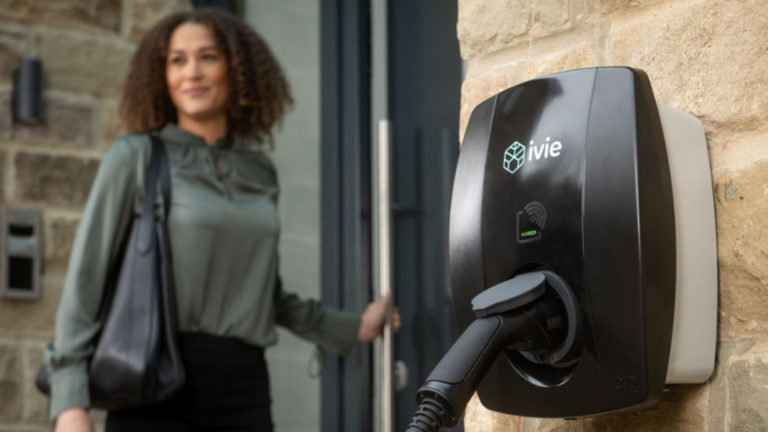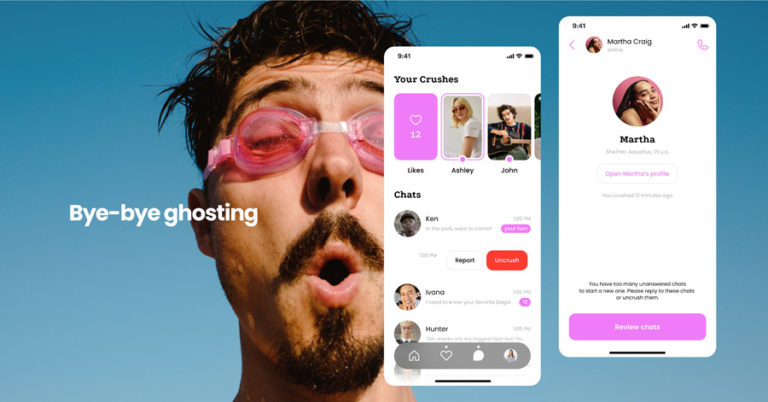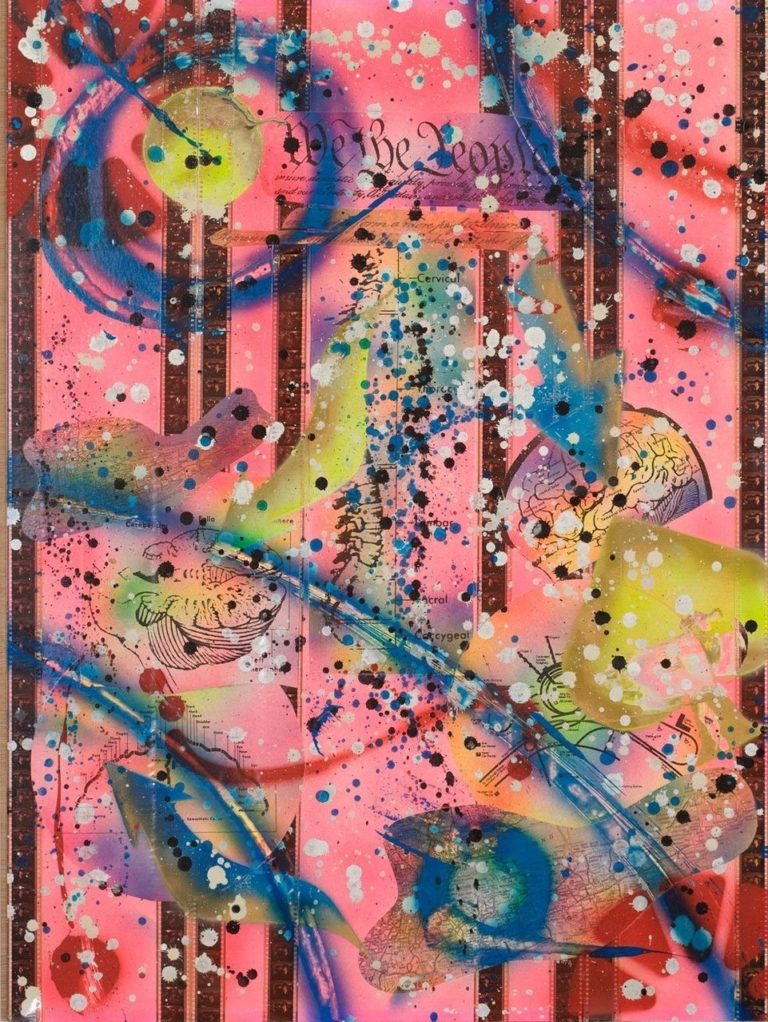The Distributed Workforce Dilemma: AI Collaboration Solutions Temper HR’s Double-Edged Sword

As distributed teams become more commonplace, hiring and training employees has simultaneously gotten easier and more difficult for companies. Juan Betancourt, CEO of Humantelligence and an expert in AI-based workplace solutions, explains how to overcome these challenges. Betancourt has revitalized global brands like Puma and overseen the US division of Décathlon, so he offers valuable executive-level insights. In this story, he delves into the hiring difficulties posed by distributed workforces that span geographic borders.
In a world where distributed teams are commonplace, hiring and training have become simultaneously simpler and more complex. One way to temper this double-edged sword is through the discovery and application of AI-based workplace collaboration solutions.
First, though, let’s look deeper into what’s causing HR all the trouble around distributed workforces. On one hand, being geographically agnostic allows companies to expand their talent sourcing beyond formerly restricted geographic borders. It’s possible to snag not just the best developer in your city but the best developer in the nation — or world. Or you can focus your sourcing intentions on developers who live in places with a lower cost of living. That way, you get their unparalleled skills at an equally unparalleled cost.
On the other side of it, just know you’re not alone. Far from it. You’re competing with millions of other organizations trying to grab that talent, too. This means you must be nimble. You have to make hiring decisions at lightning speed. Then, you have to successfully integrate your newest hires through personalized and engaging onboarding and training processes.
If that sounds like a tall order, you’re right. After all, transferring knowledge to distributed employees isn’t as simple as inviting them to those classic in-person lunch-and-learn sessions. You have to engage and teach them online in a way that holds their attention and gives them the information they need to succeed. Can you use the same training content framework you’ve used in the past? Sure. However, your delivery mechanism needs updating.
As if these challenges weren’t enough, here’s another causing HR headaches: Younger leaders and leaders-in-training don’t tend to possess so-called soft skills. Millennials and Gen Zers grew up in front of screens, and as a result, they’re not adept at or have had practice leading with empathy or understanding how to connect with employees from all generations. What they need are the tools to grow. Fortunately, that’s exactly where AI comes in.
Keeping Work Human with the Help of AI
You’ve probably already figured out that when you’re a distributed company, you can’t let people disappear, or they’ll lose all connection with your business, brand, and culture. Instead, you need to have regular touchpoints, such as cross-functional weekly kickoff meetings on Zoom as well as regular 30-minute employee-boss update meetings. These gatherings keep everyone looped in, aligned, and supported.
AI is poised to boost the effectiveness of these meetings — and all internal spoken or written communication. For instance, pretend you’re onboarding people you’ve never met and may never meet. You have to find a way to understand them so you can personalize the process in ways that better engage them. Accordingly, you ask them to fill out psychometric self-assessments. The results give you a better sense of each person’s communication preferences, work styles, values, motivators, and habits. However, most traditional psychometric tools aren’t scalable. Your memory will stop keeping track at about five or six people. You can use psychometrics with your team but not across your 5,000-employee-strong company. As such, they’re not all that useful.
Enter AI. With AI and integrated technologies, you can suddenly do more with psychometrics than ever before. For instance, say you want to write an email to John. You don’t know John very well, and you’re asking for additional headcount and resources during a busy season. (In other words, your email better be stellar!) An AI solution can leverage your company’s psychometric data to improve your first draft so it’s something that John will actually want to read. That way, you’re delivering an email message tailored to John even though you’ve never really interacted with him on a deeper level.
In essence, your AI-fueled psychometric tool enables you to communicate with John as if you had worked beside him in an office for years. You could do the same with all your communications, making them more customized and powerful. It’s a fantastic example of the impact of AI on business communication. You’re using AI for collaboration in a new, very human way, meant to encourage more engagement and trust between coworkers.
Using AI for Training and Meeting Purposes
AI’s ability to improve the efficiency and effectiveness of your communication isn’t limited to emails. We can look at another scenario in which you have an important cross-functional meeting coming up. AI can check out your calendar, see who’s invited, and quickly aggregate the psychometrics of all the attendees. As a result, you’ll be able to design your meeting agenda to better fit their needs. Have nine people who prefer to process information and make decisions more deliberately? Don’t push too hard or move too quickly and be sure to provide time after the meeting for debriefing. Have attendees who prefer visuals? Better update your slideshow.
As you might have guessed, these examples of AI in the workplace can be invaluable for your hiring and training. When training talent, you can offer up your content in exactly the right way to educate and influence participants. You’ll get much more ROI from every training session. You’ll also get tremendous participation and buy-in.
Just ask one of the longest-standing beverage giants, the Latin American division of Coca-Cola, Arca Continental, who tried AI-enhanced psychometric-solutions like those mentioned here. What they discovered is that about 47% of their people leveraged those solutions an average of 12 times monthly. The need was clear, and the company is benefiting from using AI for collaboration in this way.
Creating More Collaboration Between Distributed Team Members via AI
At this point, you might be wondering why more companies aren’t scaling with psychometrics and AI. The reason is a very human one: We’re reluctant to change. And AI requires a change of mind and heart.
Many people are worried about AI. They worry it’s going to take away their jobs. They worry it’s going to impact their companies in negative ways. They worry because they’re people, and it’s natural to be hesitant.
However, AI doesn’t need to be paralyzing. Yes, it’s complex. Yet, there are steps that you can take to feel more comfortable using AI to help increase collaboration across your distributed organization.
First, get a better understanding of how AI is being used in HR. Jump on webinars. Go to conferences and attend workshops on the topic. Do everything you can to stay at the forefront of the education curve.
Secondly, conduct independent research for an hour a week. Challenge assumptions and go down rabbit holes. In just a few weeks, you’ll likely wind up being one of the most knowledgeable AI experts in your company. At that point, you can suggest transformational innovations and programs around using AI.
There’s little doubt that AI linked with human intelligence insights can help companies with their distributed team engagement. Who knows? We might one day use AI to match bosses and employees, lowering friction as well as turnover. Just remember that AI isn’t set to replace the people in your company. It’s set to enhance them. And even if there’s not an “AI” in “team,” there should be an AI behind every team’s collaboration efforts.
About the Author
Juan Betancourt, CEO of Humantelligence, is a visionary leader with a lifelong commitment to technology and AI’s impact on the human experience in the future of work. Having observed the limitations of conventional human capital management systems during his time at large F500 organizations and in the software industry, Juan recognized a need for innovation. It was this realization that led him to launch Humantelligence, where he saw the potential to transform productivity, team performance, collaboration, and employee engagement while making psychometric insights accessible to all. With a track record of revitalizing global brands like Puma and overseeing the US division of Décathlon, Juan’s executive-level operational leadership is unmatched. A Harvard economics graduate with an MBA from The Wharton School, Juan is committed to making the future of work accessible and better for all.












